

Virtual Reality (VR) is king at E3 2015. Though the games are getting attention, the one theme I’ve heard pop up and seen people fight for the most (aside from free swag) is VR. Most people are talking about headsets, and with good reason. They’re really something new. However, there’s still the issue of controls. Most demos are using some kind of basic controller, but there are other options, which shouldn’t be surprising. In a way, we’ve already had a taste of VR controllers.
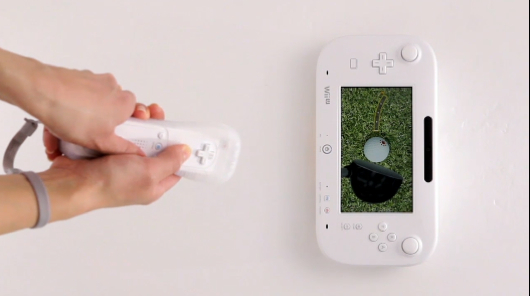
Nintendo really was probably the first to do this, all the way back with the power glove, which was poorly received. However, the Wii remote certainly helped casual audiences appreciate gaming with its accessible controls that vaguely mimic our real life actions. My own father, who literally would stare at a controller pressing the start button because it was the only button he felt he understood, became a Wii Bowling pro everyone almost immediately resented (sorry Dad!).
However, with gamers, it’s been a bit less successful. Constantly swinging controllers can be tiresome, and even with the Wii Motion+ enhancements, the controllers aren’t perfectly precise. Like a mouse, many games that use motion peripherals have a “reset” button to change the “center” of the action. While phone games have also used some of these ideas (such as shifting the phone to make balls roll), in general, controls that are more arbitrary generally seem more successful. Again using Nintendo as an example, fans often ask that the classic controllers be allowed for new Wii U games for those who want fine control experiences.
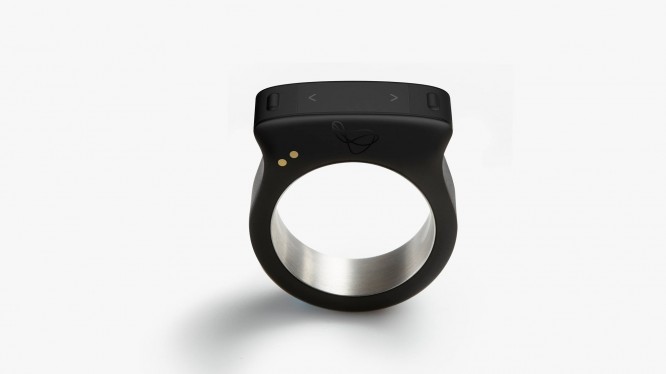
With Nintendo in mind, I feel it’s best to first introduce Nod, a VR ring controller. The top part with the arrows works as a slide sensor or button, with two buttons on either side of it. The grooves on the left and the right of the ring act as 2 more buttons, for a total of five buttons. The product is light-weight and, in some ways, very much like a small Wii remote controller. One game asked that you wave your hand in a certain way to cast magic spells. Another was a simple shooter, and another actually adapted the ring to be used with Shadows of Mordor.
Admittedly, the ring at two of the demo stations (for the spell casting and Mordor) died on me, so some parts of my experience may be colored by that. However, a lot of my issues felt similar to those when I picked up a Wii remote, though perhaps more so because they were touch based. For example, in Mordor, I kept touching the right groove button by accident with my middle finger, or with the shooting game, I wasn’t snapping my hand in just the right way to change guns (which felt like an odd gesture for changing guns in general).
Again, I have to admit that one demo was poorly made and caused me some motion sickness, but that had more to do with their handling of the head tracking in relationship to movement. However, the ring didn’t help with the movement part of this, and this was the only demo where my ring’s battery wasn’t dying. My aim was always a bit off, but probably no worse than the early Wii remotes, and certainly lighter. Fewer buttons felt like the trick to making the ring work with games, especially the magic casting one. With more development, the ring could be suited for simple gesture party games. For something more complex, it was difficult.
With Mordor in particular, I constantly had to reset the center. Small gestures worked best but, in that sense, the ring was just a controller, since I didn’t make any gestures like drawing a bow or running to interact with the game world. Granted, Mordor had to have another company fiddle with the Nod to make it compatible, but as a tech demo, I felt it proved a point: With some work, the Nod might be fun and interesting, but if Nintendo struggles to get core gamers to love their Wii remote, I’m not sure how Nod Inc. can pull it off.

Manus Machina‘s VR glove was, perhaps, a bit better, but more complex than the Nod. The glove uses a camera and color detection (among other things pictured above) to detect and place your hand gestures into games (or tech demos). The tech demo I tried had me first making gun gestures to fire a gun. While one of my hands was perfectly set in the game, the other was a bit off. The sensors failed to recognized that hand’s gun gestures, and when it did recognize them, the beam firing came out strangely, making aiming quite difficult.
The hand that worked, however, was beautiful. Shockingly so. Aiming wasn’t too much better, but I think that was more the game and me getting used to it than the tech. I preferred the ability to clench my fists and then spread my fingers to shoot lightning at the targets. Once the tech is in good shape, I’d love to have a Star Wars game adapted for the Manus glove (I admit, I lingered a bit playing Palpatine with the demo).
That being said, like the Nod, no one else seems to have picked up on the tech. Both are relatively new tech, with the Manus being about a year old. However, unlike the Nod, the Manus needs a bit more of a set up, and getting the glove on and off took some time, and that was with someone helping me. Like VR headsets, I wonder how practical VR can be when we need someone assisting us to make use of them.
VR controls aren’t new, but they feel like something a bit more difficult to pull off at this point, or at least on a consumer level. We’ve seen Nintendo pull it off for casual gaming, but for people who would be willing to pay $100 for a ring controller, the tech doesn’t quite feel like it’s there yet. The Manus glove may feel a bit more functional, but the set up is certainly more difficult and restrictive. In an emergency situation, having a VR headset and gloves on seems like a bad situation, especially for gamers living alone. As I mentioned in the VR headset article, I’ve been dodging VR jabs in real life when I’ve checked out the demo booths, and the crew of Overkill’s The Walking Dead saw first hand how dangerous things can get when people in a VR headset try to use real world gestures for attacking; the gun prop only made things worse. While a glove or a ring would certainly reduce the user’s reach and capability for destruction, it would enforce the use of the gestures even more. In that sense, I almost wonder if, for gaming, it might be best to stick with more traditional control schemes.
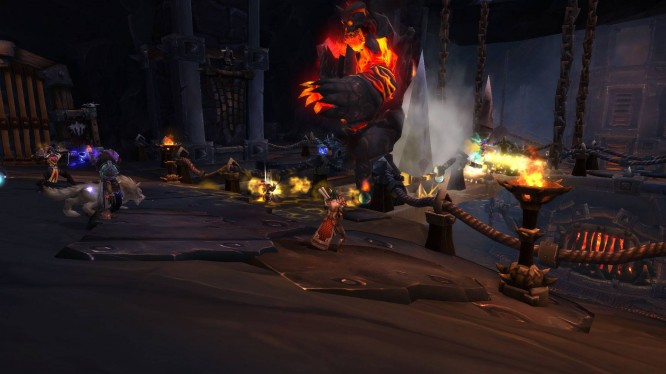
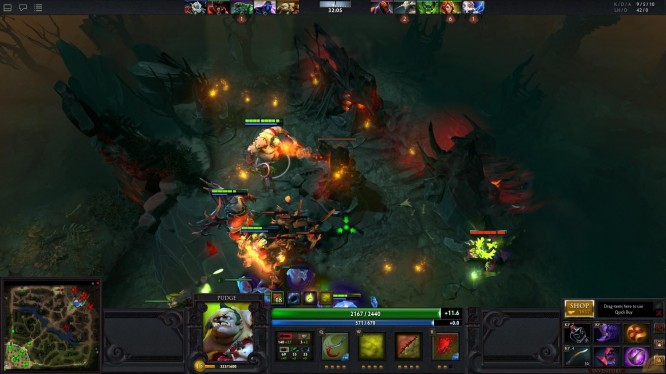

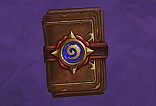
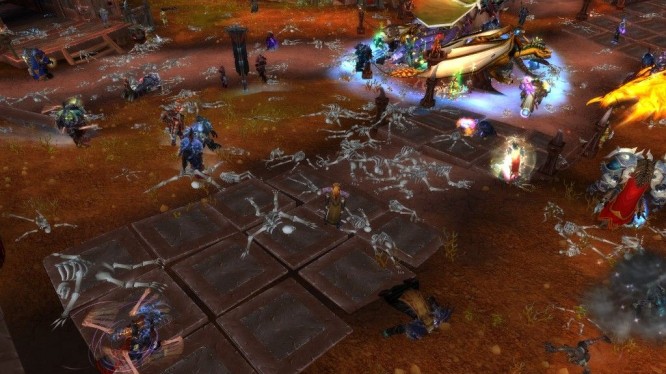 5 Memorable Moments in MMO History .
5 Memorable Moments in MMO History .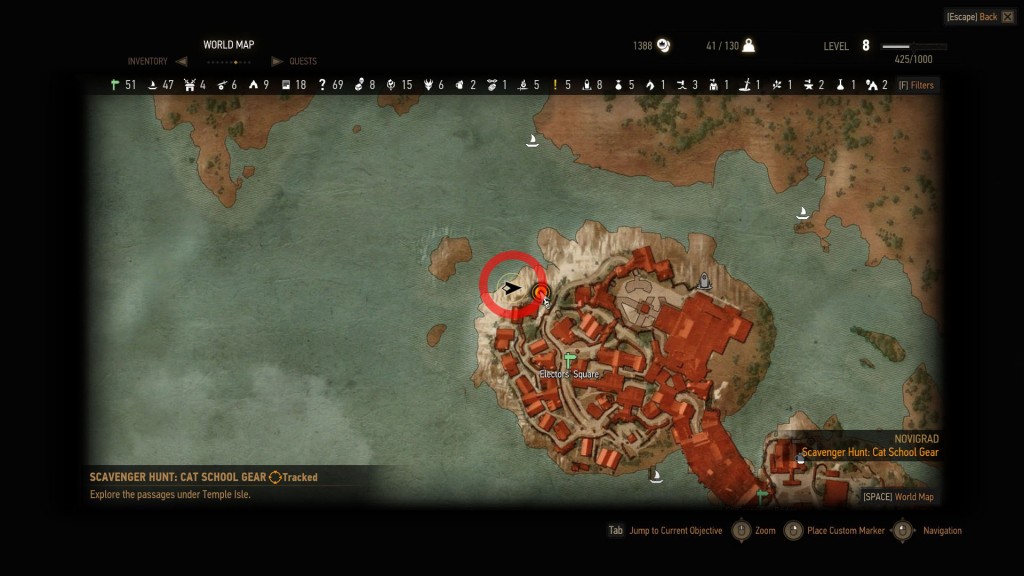 The Witcher 3 Guide: How To Get Feline Armor Set And Feline Swords, Location And Diagram
The Witcher 3 Guide: How To Get Feline Armor Set And Feline Swords, Location And Diagram Guild Wars 2: Is this MMO shaping up to be the true WoW Killer? .
Guild Wars 2: Is this MMO shaping up to be the true WoW Killer? . Beta Data: March 14, 2014 .
Beta Data: March 14, 2014 . WoW Wednesday: Last Chances in Pandaria .
WoW Wednesday: Last Chances in Pandaria .